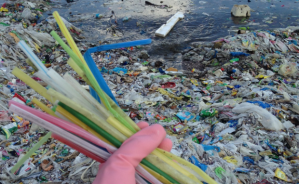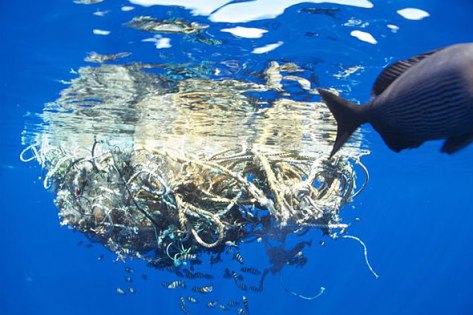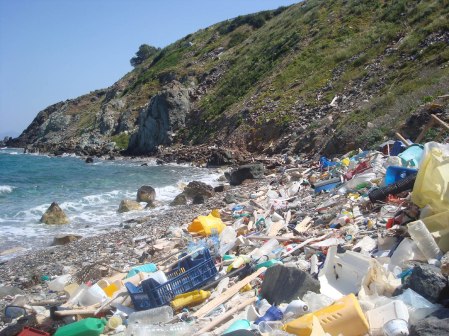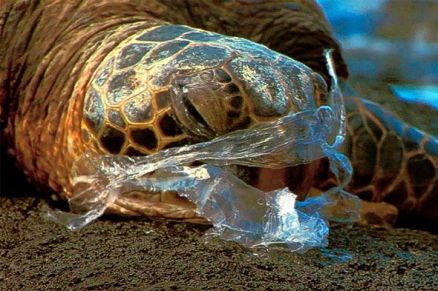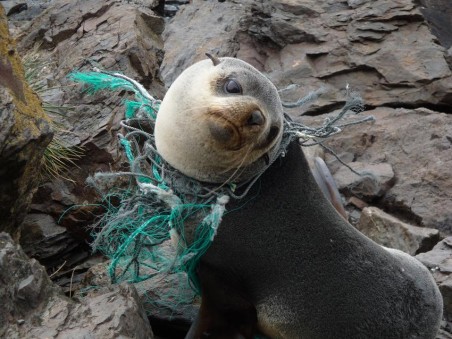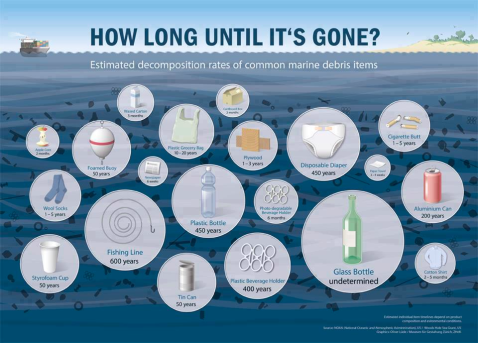
Beautiful, complex, and fragile, coral reefs house close to one million species of fish, algae, and invertebrates and play an integral role in the richness of our coeans. However, these hotspots for biodiversity are in critical danger (80% of Caribbean reefs were lost in the past 50 years) and sunscreen play a huge role in their destruction. In fact, researchers estimate that the chemicals sunscreen-wearing swimmers bring into the oceans have placed 60% of the planet’s coral reefs at risk.
Reefs, which cover around one percent of the ocean’s floor, are highly sensitive to their environments. Coral reefs consist of many small soft-bodied polyps, which are kept alive by colorful algae plants living inside them. When algae undergoes photosynthesis, the process create food for the polyps and allows them to form entire attached communities, branching out into structures that coat the ocean’s bottom and house unique forms of life found nowhere else.

Oxybenzone, a UV-blocking ingredient in many sunscreen brands, weakens coral, which then expels the algae that keep it healthy and vibrant. This process, known as bleaching, often leads to death for reef populations. The chemical also deforms young coral, changing its DNA so that it encloses itself in its own skeleton, preventing algae from entering; this will have severe impacts on coral’s ability to replenish itself in future generations. With millions of global beachgoers slathering on even a small amount of sunscreen, the US National Park Service estimates that 4000-6000 tons of sunscreen reach coral reef areas each year, dangerous levels for the algae that sustains reefs.

So what are the solutions? The National Park Service notes that checking your sunblock’s ingredients and switching out products with oxybenzone for those with titanium oxide and zinc oxide, which have not been found to endanger coral reefs, is one way to protect yourself from rays while protecting reefs from damage. The nonprofit Environmental Working Group has published a list of coral-friendly sunscreens for reference on its website. Finally, as an alternative to sunscreen, try a wetsuit that covers your full body on for size. Remember, it’s not just the reefs, but their impossibly numerous, fascinating, and dynamic inhabitants, at stake.
Source: Lima, Natalia. “Why is Sunscreen Bad for Coral Reefs?” Care2. 9 June 2016.

Wildlife Conservation Film Festival
Biodiversity & Wildlife Crime Conference
Christopher J. Gervais, F.R.G.S.
Founder & CEO
Christopher@WCFF.org
http://www.WCFF.org
Facebook.com/WCFForg
Twitter: @WCFF_org
Twitter: @CJGERVAIS
Instagram: @wcff_org
Vimeo.com/wcff
dailymotion.com/WCFF1
LinkedIn: Wildlife Conservation Film Festival

